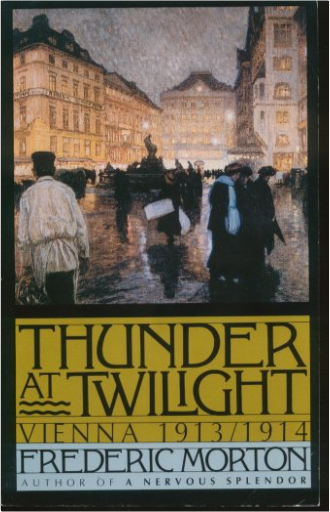 In July 1916, Fritz Mandelbaum, a junior officer in Austria's Seventh Army on the Russian front near the river Dnjestr, was shot in the abdomen and died shortly thereafter. Twenty four years later the name suffered erasure again. This time it was borne by a refugee boy arriving in New York in 1940. His father changed the family's name. Fritz Mandelbaum became Frederic Morton. The present book deals with the events, ideas, unpredictabilities and inevitabilities surrounding the death of the next Crown Prince, Archduke Franz Ferdinand. It set off the dynamics leading the World War II.  This full color atlas depicts structures in the same colors as they would appear in real life or in a slide. To facilitate identification, there are color differentiations within each structure and leadered labels pointing to specific parts. There are over 575 illustrations. 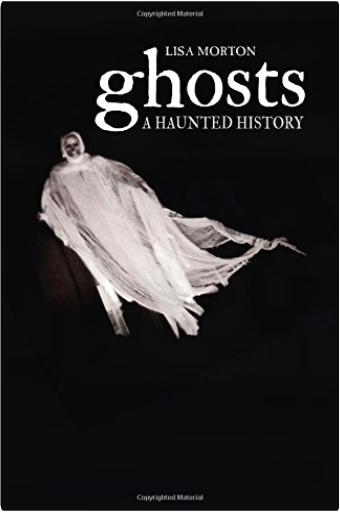 From that cheerful puff of smoke known as Casper to the hunkiest potter living or dead, Sam Wheat, there is probably no more iconic entity in supernatural history than the ghost. And these are just recent examples. From the earliest writings such as the Epic of Gilgamesh to today’s ghost-hunting reality TV shows, ghosts have chilled the air of nearly every era and every culture in human history. In this book, Lisa Morton uses her scholarly prowess—more powerful than any proton pack—to wrangle together history’s most enduring ghosts into an entertaining and comprehensive look at what otherwise seems to always evade our eyes. 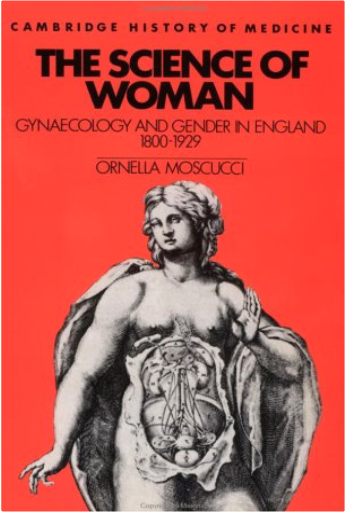 Is women's destiny rooted in their biology? Since the end of the eighteenth century the science of gynecology has legitimized the view that women are "naturally" fitted for activities in the private sphere of the family. This book argues that the definition of femininity as propounded by gynecological science is a cultural product of a wider, more political context. Providing a unique account of gynecology in practice, it shifts the historical focus from the use to the production of ideas about "women's nature." Dr. Moscucci traces the origins of gynecology to the emergence of a predictable "science of man" in the late eighteenth century and charts the ideological, professional and institutional development of the subject up to the foundation of the Royal College of Obstetricians and Gynaecologists in 1929. Case-studies of Victorian gynecological practice at two London hospitals illustrate the changing pattern of institutional gynecology, affording valuable insight into the relationship between gynecologists and patients. The book also stresses the equal importance of class and gender ideology in shaping medical views about women's diseases and their treatment. 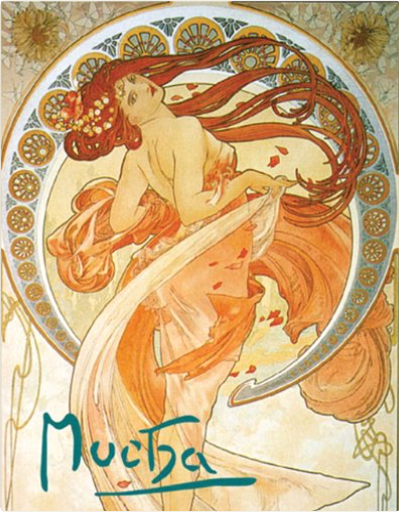 Generally agreed to be one of the most important contributors to Art Nouveau, the Czech artist Alphonse Mucha was trained, celebrated and lived most of his life in Paris. His unforgettably iconic images of Sarah Bernhardt and others embody the spirit of the fin de siècle. But underneath his successful career as an artist and poster designer lay a passionate Slav nationalist whose most important and long neglected works are still being painstakingly restored and exhibited in the Czech republic. This book is the first comprehensive overview of his life and work and is published in association with the Mucha Museum in Prague. | 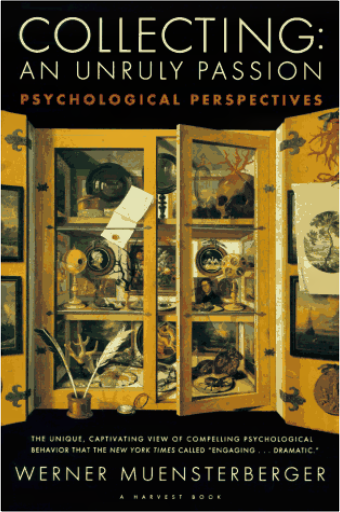 With this captivating book, a psychoanalyst provides the first psychological examination of the emotional sources of the never-ending longing for yet another collectible. Includes sketches of diverse collectors such as Walter Benjamin, Mario Praz, Catherine the Great, Petrarch, Brunelleschi, and Jean de Berry. 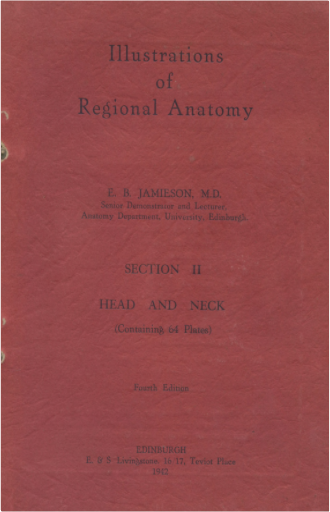 0443007926 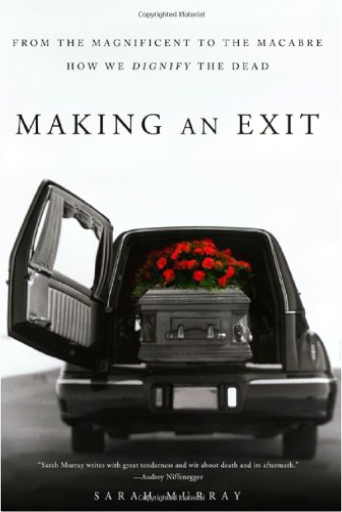 Thoughtful, amusing, and provocative, Making an Exit will transform the way you look at life's last passage. Because, as Murray discovers, death is, for many, not an ending but the start of something new.  From 1933 to 1945, Hitler's Nazi regime attempted to realize its vision of a biologically healthy and ethnically homogeneous population through "racial hygiene" programs designed to cleanse German society of those perceived to threaten its biological health. Deadly Medicine examines the critical role German physicians, scientists, public health officials, and academic experts played in supporting and implementing the Nazis' program of racial eugenics, which culminated in the Holocaust. 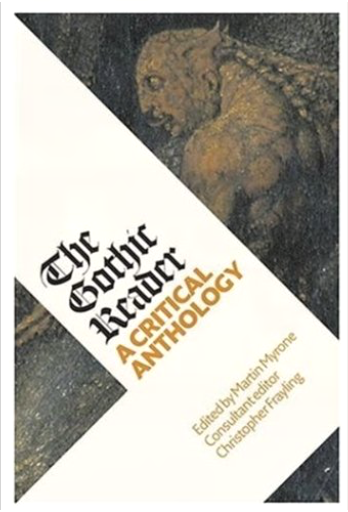 The Gothic Reader brings together texts and images from the origins of Gothic art and writing up to the 20th century. It is the first publication to present the Gothic through both the visual arts and literature, helping to establish a new framework for its analysis and appreciation. Writers represented include Ann Radcliffe, Mary Shelley, and Horace Walpole; artists include William Blake, Henry Fuseli, and J.M.W. Turner. The anthology encompasses novels, essays and criticism, letters and memoirs, and pieces from contemporary newspapers and magazines, in an engaging, stimulating book for the general reader. |

Morbid Anatomy Museum
Collection Total:
1,253 Items
1,253 Items
Last Updated:
Jan 26, 2016
Jan 26, 2016

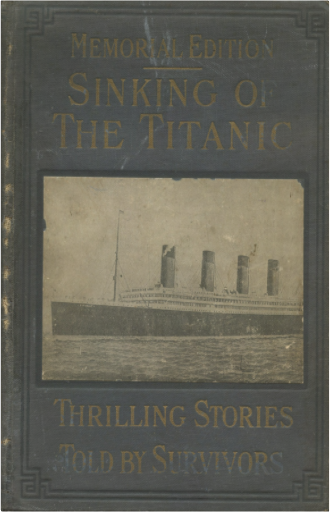


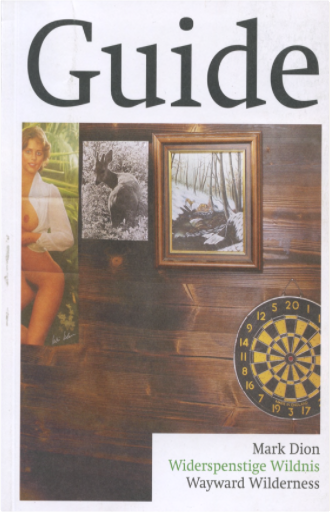
 Made with Delicious Library
Made with Delicious Library